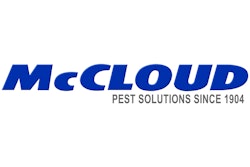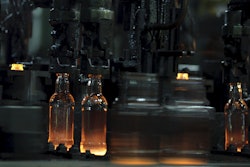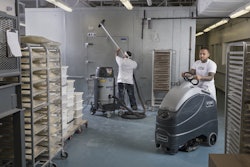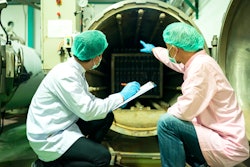When it comes to pest control inside a food processing facility, one might automatically think of the actual production lines—bugs nesting inside the equipment or crawling on the floor. However, managing pests is more about preventing the entry ways in which these critters can enter, so they can’t make it to the production floor.
“When we talk pest prevention, we must look at the routes of pest entry to stop pests before they make it to the food production areas,” says Patricia Hottel, technical director for McCloud Services. “Inspection and monitoring must be conducted on the interior and exterior perimeters of the facility to prevent pests. Many of the pests impacting our food facilities are coming from the exterior perimeter. This includes stored product pests like warehouse beetles, Indianmeal moths, rodents and filth flies.”
Pest management inspections rely heavily on the ability to see the pests, their activity and the conditions favorable to pests.
“During a typical pest activity inspection, you will start with a macro-level look at the site to get a big picture of what is occurring and where the pest potential is greatest,” says Hottel. “One of the most common tools used during the macro level of inspection is a flashlight. Other tools for establishing the big picture view include inspection mirrors, infrared cameras and moisture meters.”
Other tools include a spatula, which helps retrieve evidence from cracks, crevices and underneath equipment. Tools designed to extend the view, providing a 24/7 window of pest activity, include insect sticky traps, pheromone traps and insect light traps.
"Pests have always been part of food safety, as they can be physical contaminants and contribute to biological contamination of food. The preventative emphasis of FSMA extends to pest management and its role as part of a strong food safety program,” Hottel says. “Having the right program in place to prevent pests, verification that the program is working and responses to trends are all part of compliance.”
Although pest contamination accounts for a relatively small portion of industry food recalls, a strong pest management program is necessary in maintaining that lower recall status.
“Inspection is the first step in every successful pest management program,” says Hottel. “Having the tools available to optimize the inspection process can more efficiently and effectively produce the required results.”
Find more food safety solutions at ProFood Tech, scheduled for April 4-6, 2017 at Chicago's McCormick Place. Register now!






















